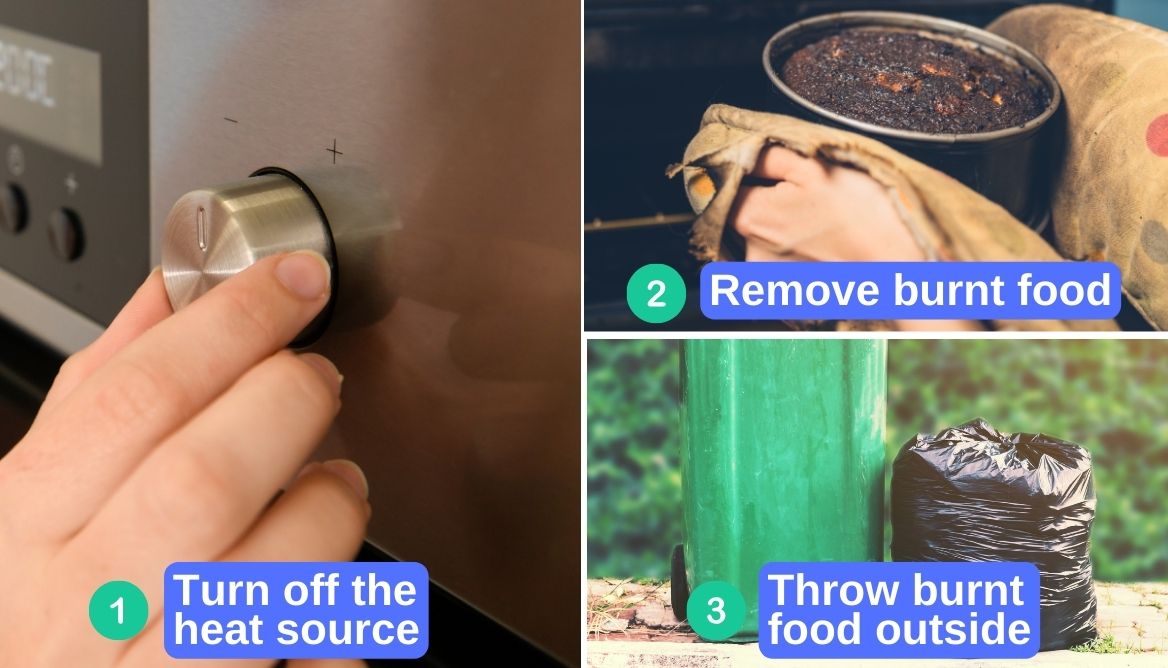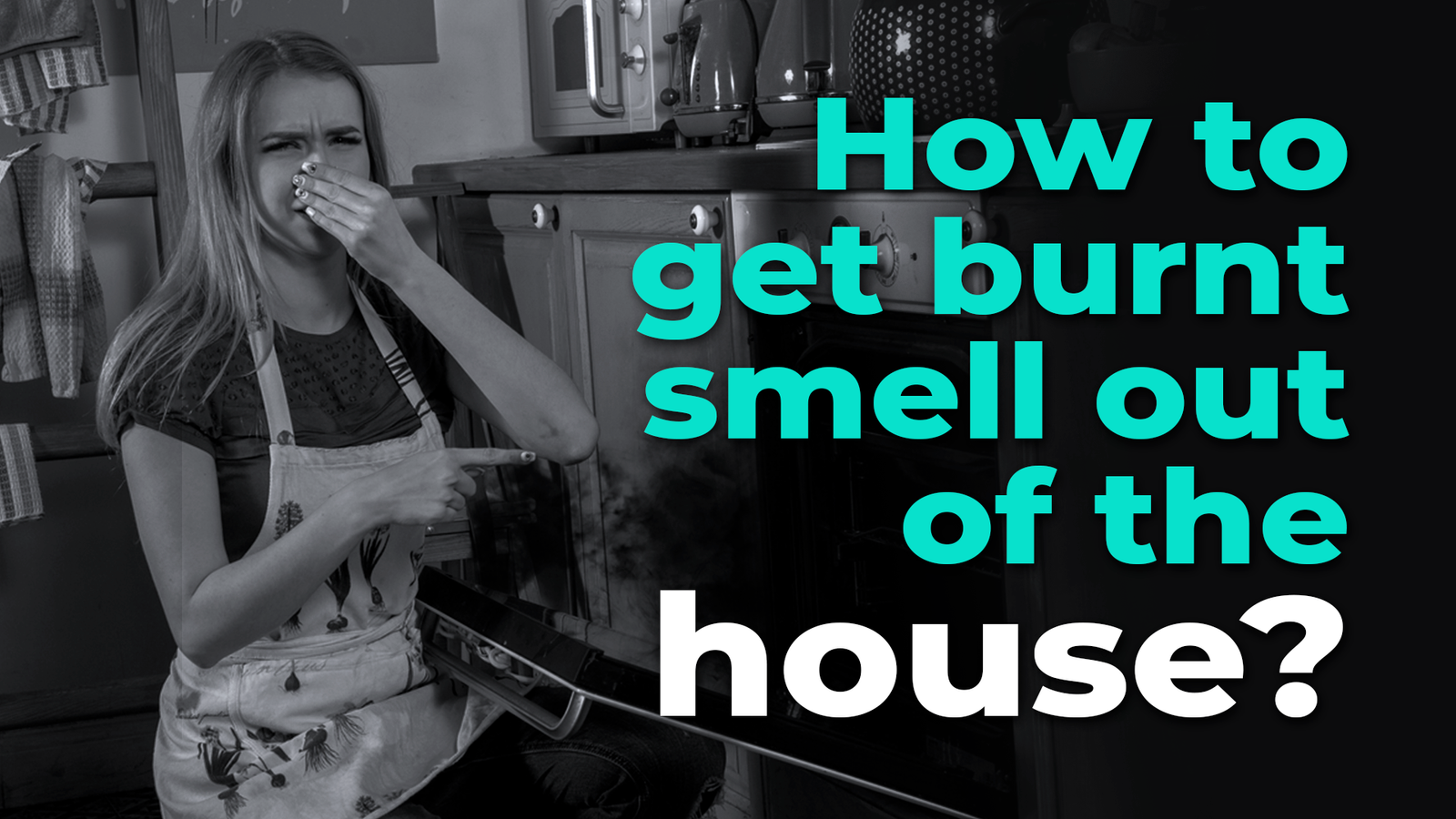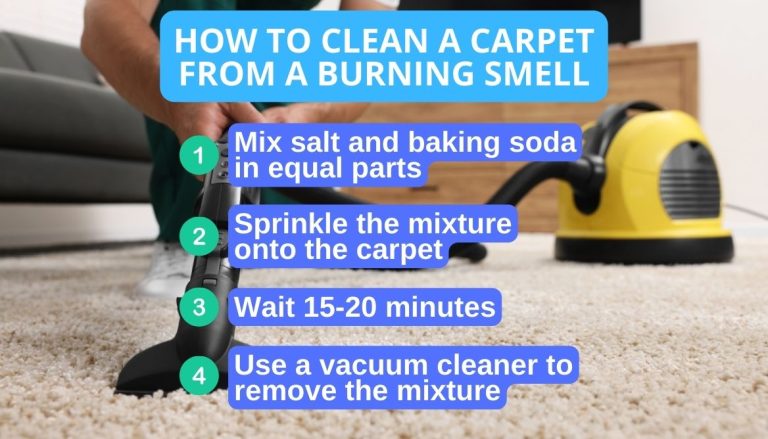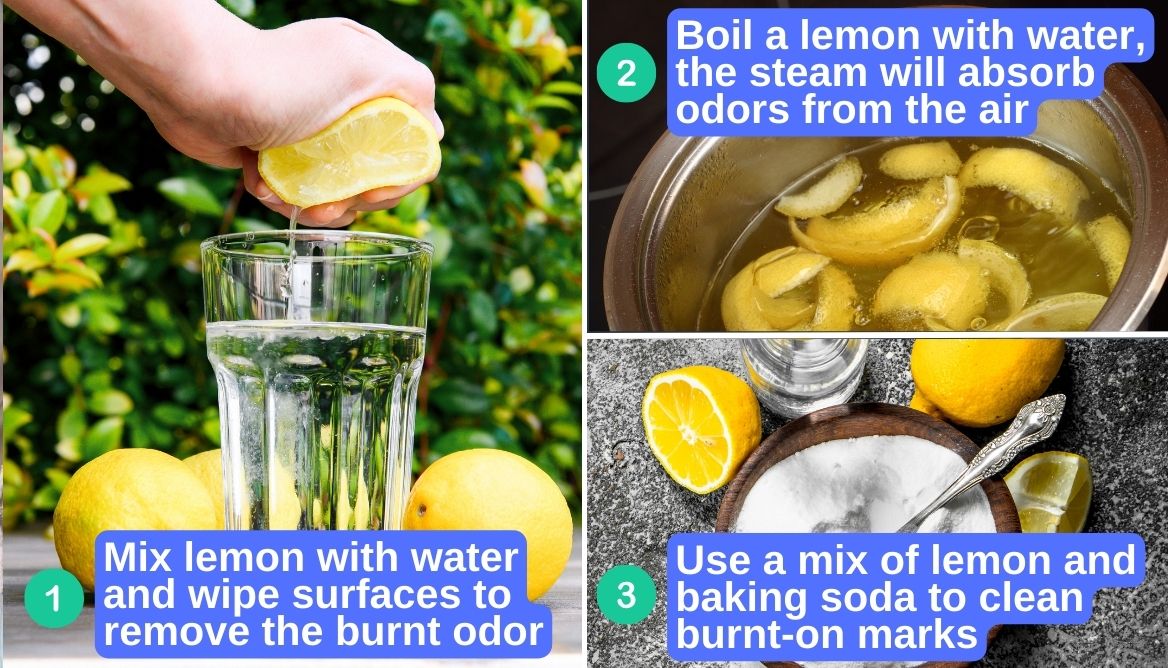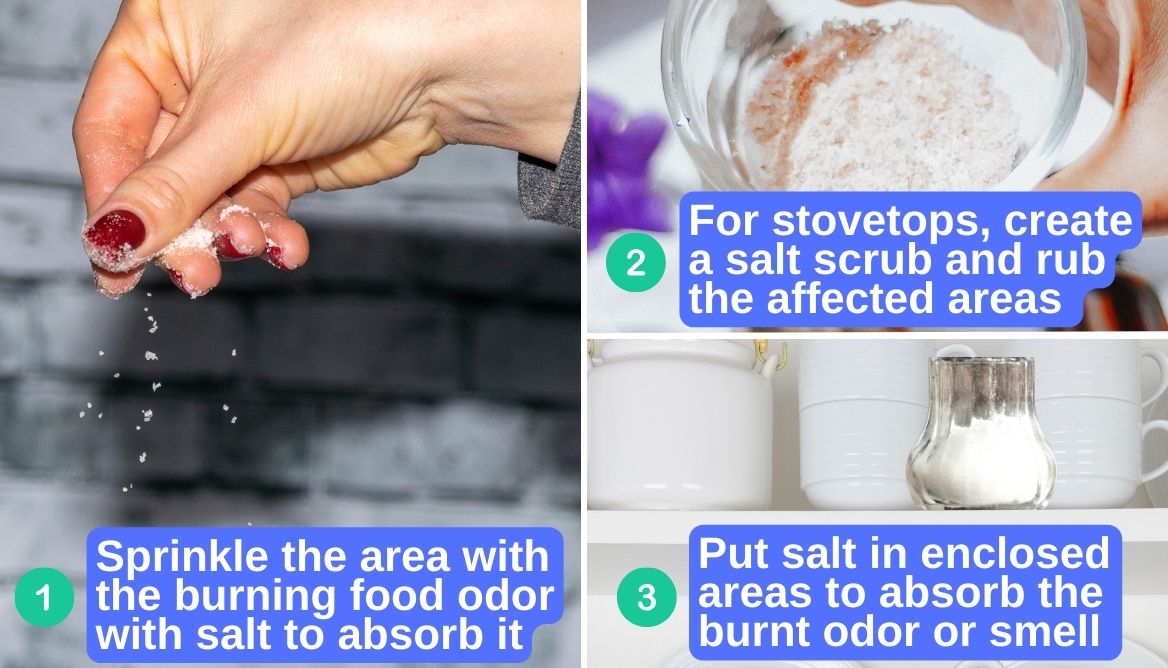How Do I Get Burnt Smell Out Of My House

That acrid, burnt smell filling your home is enough to send anyone into a panic. One of the most common reasons homeowners experience this unsettling odor is a problem with their heating or cooling system. It's often a sign that something is overheating, burning, or otherwise malfunctioning within the unit, and it's vital to address it promptly. Ignoring it can lead to further damage, potentially even a fire hazard. This article will guide you through a systematic approach to diagnose the source of the burnt smell and offer safe, DIY solutions you can try. However, it's crucial to know your limits and when to call in a professional HVAC technician.
Diagnosing the Burnt Smell: A Step-by-Step Approach
Before you reach for the phone, let's try to pinpoint the source and severity of the problem. Here's a methodical approach you can follow:
Step 1: Safety First! Turn Off the System
The very first thing you need to do is turn off your heating or cooling system. This includes your furnace, air conditioner, or heat pump, depending on which is currently in use. Go to the thermostat and switch it to the "Off" position. Then, locate the circuit breaker for the unit in your electrical panel and switch it off as well. This cuts off all power and prevents any further damage or potential hazards.
Step 2: Identify When the Smell Occurs
Was the smell present before you turned off the system? Did it only start when the heat kicked on for the first time this season? Or did it gradually appear over time? Understanding the circumstances surrounding the smell can provide valuable clues.
* First use of the season: This is a common scenario, especially with furnaces. Dust and debris accumulate on the heating elements during the off-season, and the initial burn-off can create a noticeable smell. * Constant smell while running: This suggests a more serious underlying issue that needs immediate attention. * Intermittent smell: The smell might only appear under specific conditions, like when the system is working harder to maintain the set temperature.Step 3: Sniff Around! Trace the Source
Carefully try to determine where the smell is strongest. This will help narrow down the potential culprits.
* Near the vents: If the smell is most potent near the air vents, the issue is likely somewhere within the ductwork or the air handler (the indoor unit). * Around the furnace or air conditioner: If the smell is strongest near the furnace or air conditioner itself, the problem likely resides within the unit. * Throughout the house: A widespread smell could indicate a problem within the ductwork that's distributing the burnt odor throughout your home.Step 4: Visual Inspection (No Tools Required)
Now, let's perform a visual inspection of the accessible components. Remember, safety is paramount. Ensure the system is still turned off and the breaker is tripped.
* Air Filter: This is the first and easiest thing to check. A clogged air filter can cause the system to work harder, potentially leading to overheating. Remove the filter and inspect it. Is it excessively dirty? Is it the correct size and type for your system? * Visible Wires: Check for any scorched or frayed wires around the furnace or air conditioner. Look closely at the connections and terminals. Any signs of melting or burning are a red flag. * Dust and Debris: Inspect the area around the unit for excessive dust, debris, or anything that could have fallen into the system. Even small objects can create a burning smell when they come into contact with hot components. * Ductwork (Accessible): Visually inspect any accessible ductwork for signs of damage, such as dents, tears, or disconnections. Look for any obvious sources of burning or scorching nearby.Step 5: Basic Inspection (Requires Basic Equipment)
For this step, you'll need some basic tools:
* Flashlight: Essential for inspecting dark areas. * Screwdriver (appropriate type for your unit): You may need to remove access panels. * Vacuum cleaner with hose attachment: For removing dust and debris.Important: Always consult your owner's manual before removing any panels or components. If you're not comfortable with this step, skip it and call a professional.
* Blower Compartment: Carefully remove the access panel to the blower compartment. Use a flashlight to inspect the blower motor and surrounding area for dust, debris, or signs of burning. Vacuum any accumulated dust. * Heating Elements (Furnace Only): If you're comfortable and have experience, you can carefully inspect the heating elements. They should be clean and free of debris. Look for any signs of cracking, warping, or excessive corrosion. Do not touch the heating elements, even when the system is off, as they may retain heat for a while. * Condenser Coils (Air Conditioner Only): Inspect the condenser coils (the outdoor unit) for excessive dirt, debris, or obstructions. Clean the coils with a garden hose if necessary. Be careful not to bend the fins.DIY Solutions: What You Can Try (Safely)
Based on your diagnosis, here are some simple DIY solutions you can try:
* Replace the Air Filter: This is the most common and often the most effective solution, especially if the smell started with the first use of the season. Use the correct filter for your system. * Clean the Area Around the Unit: Remove any dust, debris, or obstructions from around the furnace or air conditioner. * Vacuum the Blower Compartment: Removing accumulated dust can significantly reduce the burning smell. * Clean Condenser Coils (Air Conditioner Only): Remove any dirt and debris from the condenser coils to improve efficiency and prevent overheating. * Run the System Briefly on "Fan Only": After cleaning, run the system on "Fan Only" for a short period to circulate fresh air through the ducts and help dissipate any remaining odors.When to Call a Professional HVAC Technician
Despite your best efforts, some problems require the expertise of a qualified HVAC technician. Here are some signs that it's time to call in the pros:
* You Suspect Electrical Issues: If you see scorched wires, smell a strong electrical burning odor, or hear any buzzing or crackling sounds, do not attempt any DIY repairs. Electrical problems can be dangerous and require specialized knowledge. * You're Uncomfortable Working with the System: If you're not comfortable removing panels, inspecting components, or working with electrical systems, it's always best to err on the side of caution and call a professional. * The Smell Persists After DIY Efforts: If you've replaced the air filter, cleaned the unit, and vacuumed the blower compartment, and the burning smell is still present, there's likely a more serious underlying issue. * You Suspect a Refrigerant Leak: Refrigerant leaks can cause a burning smell and can be harmful to your health and the environment. A professional can detect and repair the leak. * You Hear Unusual Noises: Banging, grinding, or squealing noises coming from your HVAC system can indicate mechanical problems that require professional attention. * You Notice Decreased Efficiency: If your system is not heating or cooling as effectively as it used to, it could be a sign of a more serious problem. * You Have an Older System: Older systems are more prone to breakdowns and may require more frequent maintenance. A professional can assess the condition of your system and recommend appropriate repairs or replacements.Specifically, if you encounter any of the following, DO NOT attempt DIY repair. Contact a professional immediately:
* Evidence of rodents or pests inside the unit. * Cracked heat exchanger. * Oil or fluid leaks. * Unfamiliar or pungent chemical odors.Preventative Measures
Once you've resolved the burnt smell issue, take steps to prevent it from happening again:
* Regular Air Filter Replacement: Replace your air filter every 1-3 months, or more often if you have pets or allergies. * Annual HVAC Maintenance: Schedule an annual maintenance appointment with a qualified HVAC technician. They can inspect your system, clean components, and identify potential problems before they become major issues. * Keep the Area Around the Unit Clean: Remove any dust, debris, or obstructions from around the furnace or air conditioner. * Inspect Ductwork Regularly: Check your accessible ductwork for any signs of damage or leaks. Seal any leaks with duct tape or mastic sealant. * Consider a Whole-House Air Purifier: A whole-house air purifier can help remove dust, allergens, and other pollutants from the air, which can improve the efficiency of your HVAC system and reduce the likelihood of burning smells.Conclusion
A burnt smell coming from your HVAC system is never a good sign, but by following these steps, you can diagnose the problem, try some safe DIY solutions, and know when to call in a professional. Remember, your safety and the longevity of your HVAC system are paramount. By taking a proactive approach and addressing any issues promptly, you can keep your home comfortable and avoid costly repairs down the road. Don’t hesitate to contact a qualified HVAC professional if you’re unsure about any aspect of the troubleshooting process. Peace of mind is worth it when it comes to your home's heating and cooling systems.

